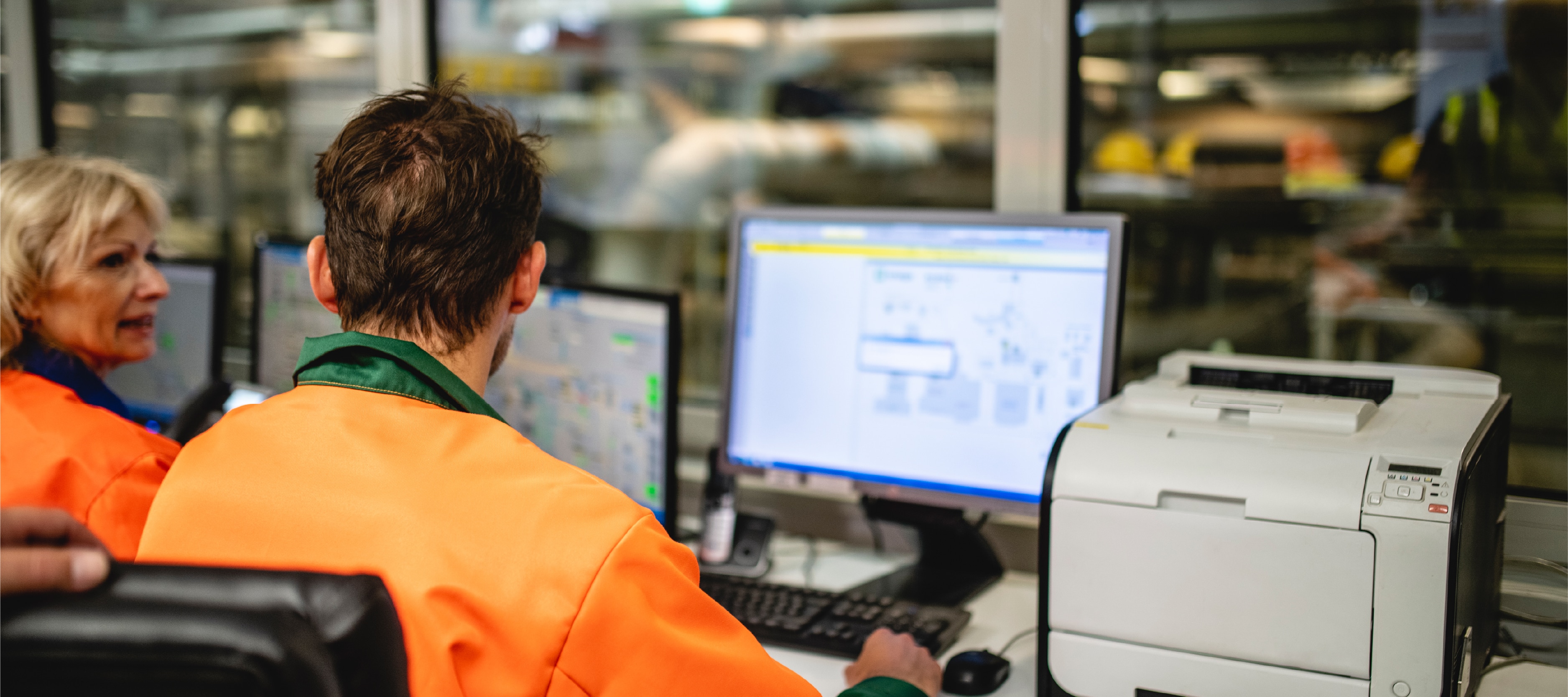How integrated IT systems enable successful EV fleet transitions
By George Hobbs, eMobility Lead Product Manager, VEV
With an integrated electric fleet IT system, you can save hundreds of people hours a year and electrify more efficiently.
A major global fleet transition could cost 10 FTEs plus external resources to manage both the electrification programme and the reporting of an electric vehicle (EV) pilot.
To ensure a streamlined transition to electric vehicles EVs, organisations need to embrace digitalisation and automation, and consider how their IT systems will be impacted.
Given the operational demands of running an EV fleet, inevitably, some legacy systems won’t be fit for purpose. That’s why it’s important to start planning your systems integration now.
In my experience, the process of transitioning to an EV fleet is more streamlined, and less demanding on resources, when systems are already able to communicate with each other. This also enables agile reactions to findings within pilots which will accelerate the process of identifying your best future EV operating model.
For this reason, I want to outline some of the key factors to consider when integrating your IT systems in preparation for your EV transition.
Why now is the time to integrate your internal systems
To quote my colleague Will Evans, VP of Finance at VEV, ‘‘the total cost of ownership (TCO) of electric vehicles, compared to diesel has already surpassed parity for many vehicle categories, classes and use cases – particularly for high-mileage fleets.’’
So, the sooner organisations start their EV fleet transitions, the sooner they’ll start to reap the benefits.
Transitioning your ICE fleet to EV without first considering the impact on your IT systems means missing out on opportunities to optimise your operations, save money in the short-term, and create a positive EV TCO.
I know from first-hand experience, that some of the largest ICE fleets in the UK still operate using legacy systems and paper-based rosters. And even those that have embraced digitalisation somewhat, still have to use multiple systems for full visibility.
Without an integrated fleet and charging software system, fleets will have to mitigate risk by procuring a higher number of chargers and vehicles with larger batteries than necessary because they lack the ability to allocate business operations to appropriate vehicles.
Without an intelligent and integrated fleet management system, transitioning to EVs can prove costly. Updating systems incrementally is both time-consuming and expensive, and it runs the risk of operations being interrupted due to a lack of visibility.
The scope of digital transformation
For your EV fleet to operate at an optimal level, the primary systems that require integration are:
- charging infrastructure
- asset management
- vehicle telematics
- route scheduling
- facilities management
- energy management
Additionally, it’s important that secondary systems like payroll, expenses, and environmental social governance (ESG) reporting tools will also need a level of integration to reduce workload.
When your internal systems are connected digitally, the data you’ll gather will make it easier to optimise your operations.
Let’s say you can house 10 vehicles in your depot with your current grid capacity. By integrating your facilities energy management system with your fleet charging system, you might be able to house another 20 vehicles at no additional cost.
If you then integrate solar power into the system as well, you might be able to house 20 vehicles, and save yourself up to £100,000 for that site.
Likewise, with access to data, you might notice patterns in driver behaviour that present an opportunity for improvement. With an integrated system, you can check in with drivers regularly using automation. And then with a human touch, you can identify the underlying reasons for issues and put steps in place to address them. This will allow fleets to support drivers more effectively and make them a part of your overall transition rather than a passenger.
System integration will enable you to organise charging schedules more effectively and take advantage of peak shaving. You’ll be able to schedule routes more efficiently, and use vehicle telematics to monitor battery status, range, and charging data – ensuring vehicle downtime is kept to a minimum.
The three levels of systems integration
The type of fleet you operate will determine the level of integration that you’ll need. For example, local authorities may require a different level of integration for their refuse collection vehicles (RCVs), compared to emergency services running ambulance fleets.
The three levels of integration can be summarised as follows:
1. Connected ICE fleet system
For organisations that still largely use paper-based systems, the first step is to embrace digitalisation and transition to an intelligent platform, where telematics, facilities management, and route scheduling data can be connected and accessed from the one place.
2. Fully-integrated EV fleet system
ICE fleets that already use several digital systems will also need to upgrade to an integrated platform that can onboard new systems that address charging infrastructure, facilities management, and energy management.
3. Remote operations centre
For large fleets that run critical operations like emergency services or fleets with a reactive component, a dedicated remote operations centre can ensure maximum efficiency. Having experts in the one room with access to all systems in real time can enable more effective decision making.
In summary
Digital fleet management is one of the top underlying factors that determine the success of EV fleet transitions. Because ICE fleet operations are buried in unstructured data and a lack of visibility, legacy systems aren’t fully equipped to handle the needs of an EV operation.
The potential for managing an optimised EV fleet is matched only by the functionality of its system. With an integrated digital platform, organisations can adjust their fleet operations daily and mine cost savings – resulting in a lower total cost of ownership.
Get in touch with one of our expert team and find out more about how VEV can help streamline your EV transition.
